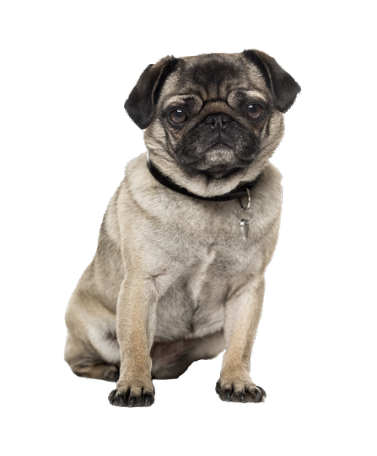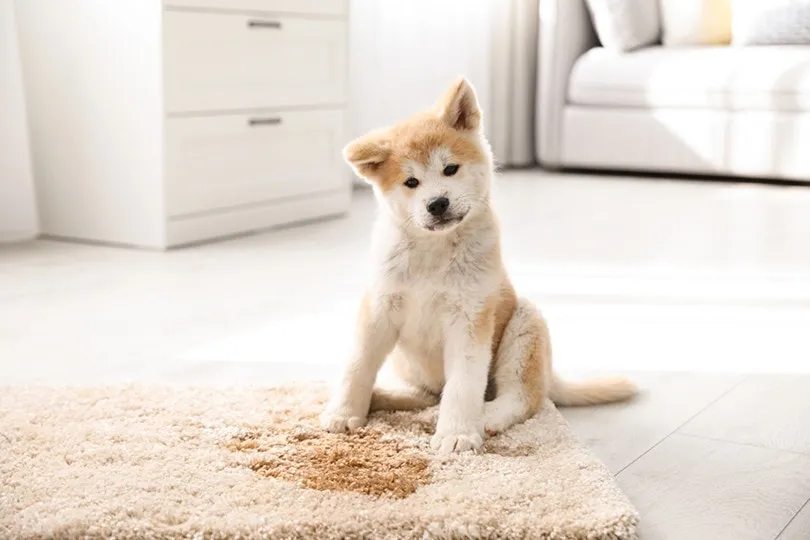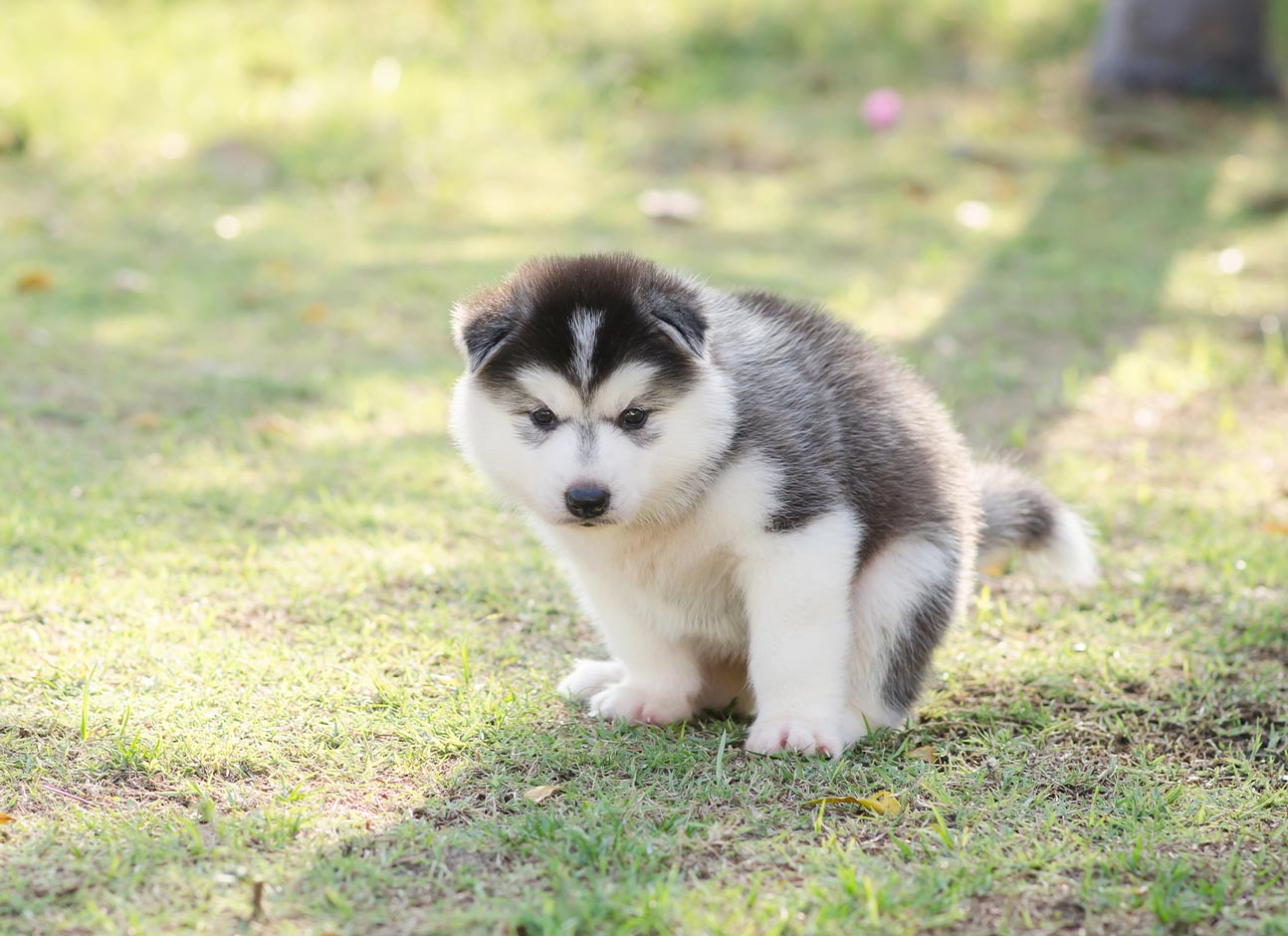Reviewed by Dr. Sarah Yosry
Updated on 1/18/2025
Reading time 2 min.
Overview
Severity: Medium
Life stage: All
Urinary incontinence is a common issue in dogs, characterized by the uncontrollable release of urine regardless of activities. It is crucial not to attempt self-treatment but to consult a veterinarian for proper diagnosis and treatment.
Causes of Incontinence
Urinary incontinence can have various causes, including:
- True incontinence: continuous urine leakage during sleep and while awake, often due to reduced sensitivity of the bladder sphincter’s nerve endings. This is more common in female dogs, older dogs, and those with obesity. A congenital defect called ureteral ectopia may also contribute.
- Involuntary incontinence: resulting from neurological issues, inflammation, or injuries affecting the genitourinary system, or spinal injuries.
- Urolithiasis.
- Stress or excitement.
- Lack of cleanliness: due to insufficient training, improper walking, or medical issues such as endocrine or inflammatory diseases.
- Aging.
- Territory marking: typical for unneutered pets during periods of increased sexual activity.
- Prostatitis.
- Hormonal imbalance following spaying in female dogs.
Avoid punishing your pet for incontinence and never force them to live outside, as this may worsen their condition.
Diagnostics
Diagnostic methods may include:
Monitoring fluid intake and urine output
Urine analysis and bacterial culture
Complete blood count
Ultrasound examination, X-rays, or specialized tests, if necessary

Treatment
Treatment options depend on the underlying cause and may involve:
- Conservative treatment: medication, special diets, and proper routines.
- Surgical intervention: for abnormal genitourinary system structures.
- Euthanasia: as a last resort for incurable diseases causing suffering, extremely rare for incontinence cases.
Use diapers designed for male or female dogs of the appropriate size until the issue is resolved.
Prevention
To prevent incontinence, ensure that:
- Your pet is kept warm and sheltered from the cold
- Your dog does not rest on cold floors or in drafts
- Your pet is walked regularly, ideally three times a day
- The pet’s living area is cleaned regularly
- Your dog is not punished for accidents, as this can be harmful
- Your pet is fed a suitable diet
- Obesity is prevented

Conclusion
In most cases, urinary incontinence is a symptom of more severe underlying issues. Seeking timely veterinary care will help avoid serious consequences and enable your pet to recover fully.
Share this, choose your platform!
Writen by
Dr. Sarah Yosry
DVM
A product of a rich Australian/Egyptian heritage, Dr. Sarah Yosry stands as a testament to the union of diverse cultures and a shared love for animals….


